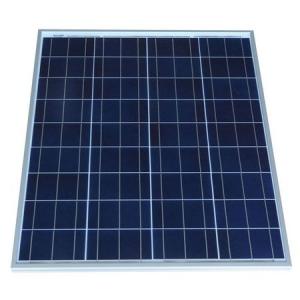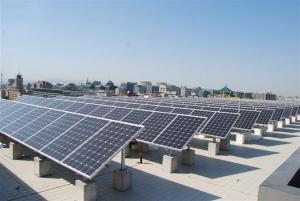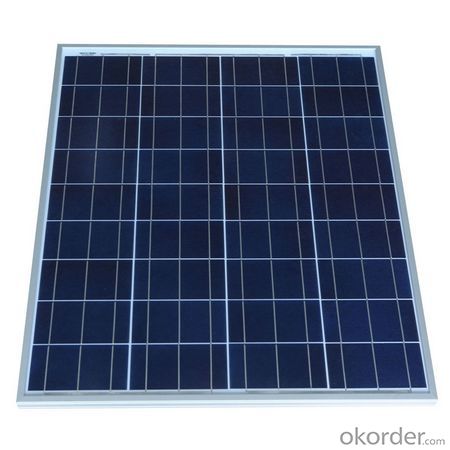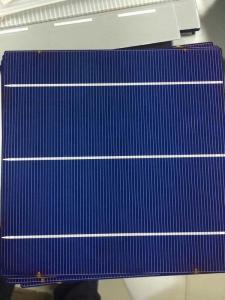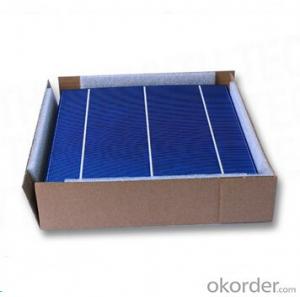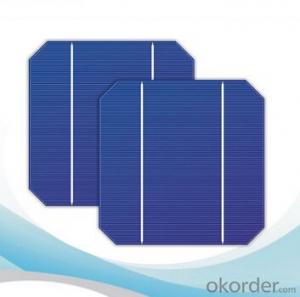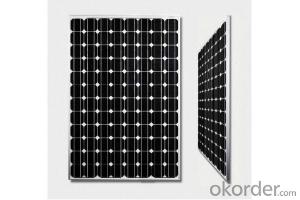Making Solar Cells from Scratch:Monocrystalline Solar Cell Price with Good Value
- Loading Port:
- China Main Port
- Payment Terms:
- TT or LC
- Min Order Qty:
- -
- Supply Capability:
- -
OKorder Service Pledge
OKorder Financial Service
You Might Also Like
Quick Details
| Model Number: | ST-TYB 111 | ||||
| Material: | Polycrystalline Silicon | Size: | 1640*992*45MM | Number of Cells: | 2-20 |
| Max. Power: | 1000W | Application: | Lighting and electrical appliances use electricity | Warranty: | 2 years |
| Name: | Solar Panel Used | Delivery time: | 20-35 working days | Colour: | BLUE /BLACK/GRAY |
| Environmental protection: | Energy conservation and pollution | Lifetime: | 15-25 years | USE NAME: | Solar Panel Used |
Packaging & Delivery
| Packaging Detail: | outer Cart |
| Delivery Detail: | 20-35 working days |
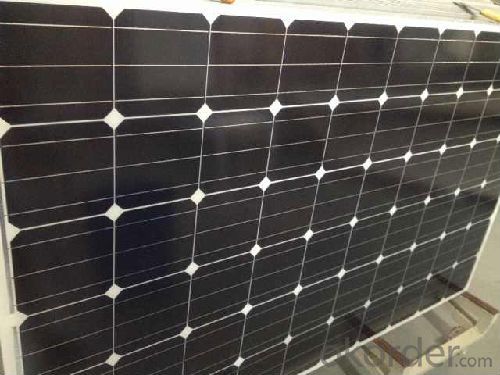
Specifications
solar panel price
1.Solar Panel Prices m2
2.Good performance,good quality
3.certificates:CE,TUV
4.Warranty:5 year
Most solar modules are currently produced from crystalline silicon (c-Si) solar cells made of multicrystalline and monocrystalline silicon. In 2013, crystalline silicon accounted for more than 90 percent of worldwide PV production, while the rest of the overall market is made up of thin-film technologies using cadmium telluride, CIGS and amorphous silicon[7] Emerging, third generation solar technologies use advanced thin-film cells. They produce a relatively high-efficiency conversion for the low cost compared to other solar technologies. Also, high-cost, high-efficiency, and close-packed rectangular multi-junction (MJ) cells are preferably used in solar panels on spacecraft, as they offer the highest ratio of generated power per kilogram lifted into space. MJ-cells are compound semiconductors and made of gallium arsenide (GaAs) and other semiconductor materials. Another emerging PV technology using MJ-cells is concentrator photovoltaics (CPV).
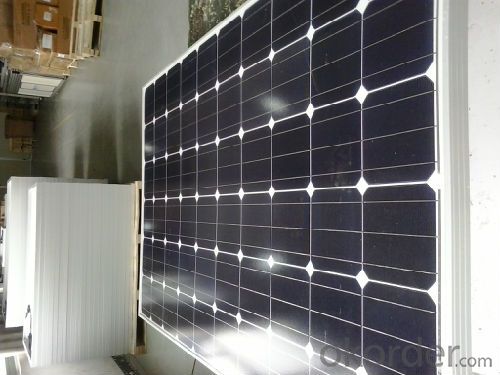
- Q: 24V 200W solar cells can charge 12V battery?
- Please be assured that bold direct charge to ensure that nothing is ok. If the heart is not a few words to find a 0-20 amps ammeter to measure the charging current, Ye Hao master the charging time.
- Q: Can solar cells be used in remote areas?
- Yes, solar cells can be used in remote areas. Solar energy is a viable solution for providing electricity to remote areas that are not connected to the main power grid. Solar cells are easy to install and require minimal maintenance, making them a practical and sustainable option for generating electricity in remote locations.
- Q: Can solar cells be used on rooftops?
- Yes, solar cells can be used on rooftops. In fact, rooftop solar panels are one of the most common and effective ways to harness solar energy for residential and commercial purposes. They are installed on the rooftops of buildings to convert sunlight into electricity, providing a sustainable and cost-effective source of power.
- Q: Solar panel resistance is changed with what
- To be sure that this question is very professional. Secondly, I have to answer this question: the internal resistance of solar energy, mainly reflected in the power generation, the inhibition of current. In the time of power generation,
- Q: Can solar cells be used to power water treatment plants?
- Yes, solar cells can be used to power water treatment plants. Solar energy can be harnessed by installing photovoltaic panels, which convert sunlight into electricity. This renewable energy source can provide a sustainable and cost-effective solution for powering water treatment plants, reducing dependence on fossil fuels and minimizing environmental impact.
- Q: How are solar cells connected to the electrical grid?
- Solar cells are connected to the electrical grid by using an inverter that converts the direct current (DC) produced by the solar cells into alternating current (AC) that is compatible with the grid. This AC power is then fed into the electrical grid through a bi-directional meter, allowing excess energy generated by the solar cells to be supplied to the grid and any deficit to be supplemented from the grid.
- Q: Can solar cells be used in off-grid water desalination?
- Yes, solar cells can be used in off-grid water desalination. Solar-powered desalination systems utilize solar energy to power the process of removing salt and impurities from water, making it suitable for consumption or agricultural use. These systems typically include solar panels to generate electricity for powering the desalination process, making them a sustainable and eco-friendly solution for off-grid water desalination.
- Q: How do solar cells impact global warming?
- Solar cells have a positive impact on global warming as they generate clean, renewable energy by converting sunlight into electricity, reducing the reliance on fossil fuels. By utilizing solar cells, we can decrease greenhouse gas emissions and mitigate climate change.
- Q: Where can I get the most accurate information about solar cells?
- The library is always the best place to go.
- Q: Can solar cells be used for powering satellites?
- Yes, solar cells can be used for powering satellites. In fact, they are the primary source of power for most satellites in space. Solar cells convert sunlight into electricity, which is stored in batteries for use during periods of darkness or when the satellite is in Earth's shadow.
Send your message to us
Making Solar Cells from Scratch:Monocrystalline Solar Cell Price with Good Value
- Loading Port:
- China Main Port
- Payment Terms:
- TT or LC
- Min Order Qty:
- -
- Supply Capability:
- -
OKorder Service Pledge
OKorder Financial Service
Similar products
Hot products
Hot Searches
Related keywords
